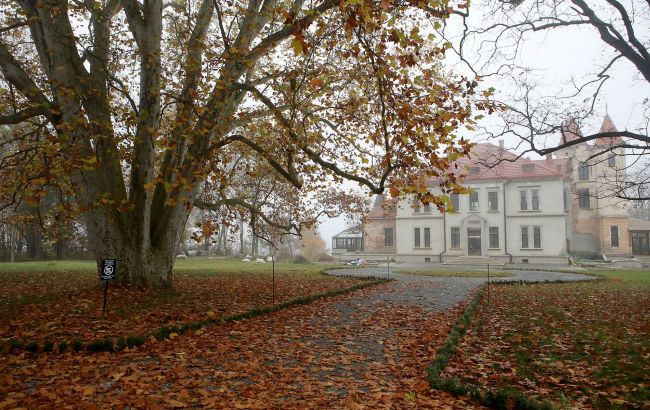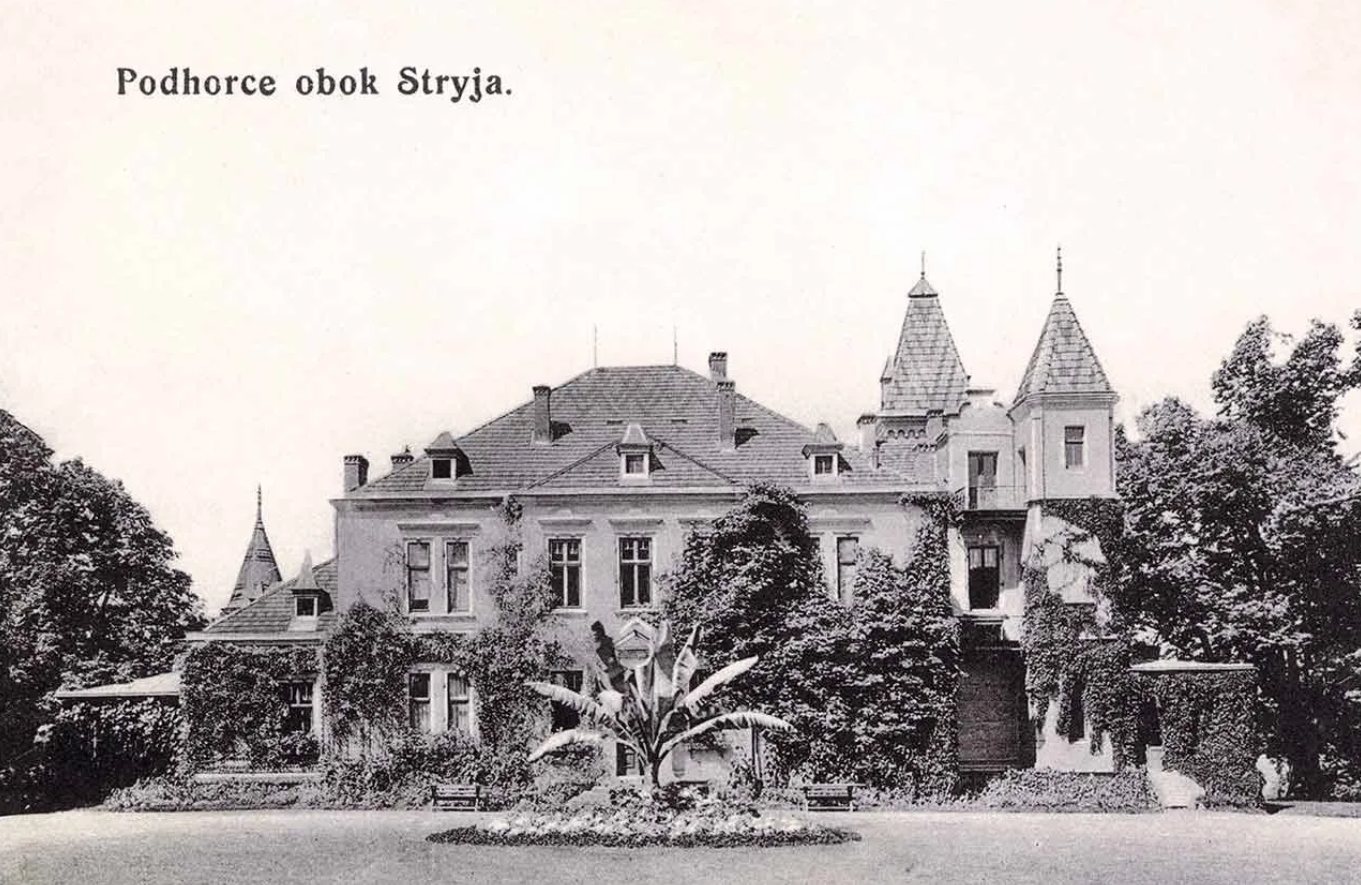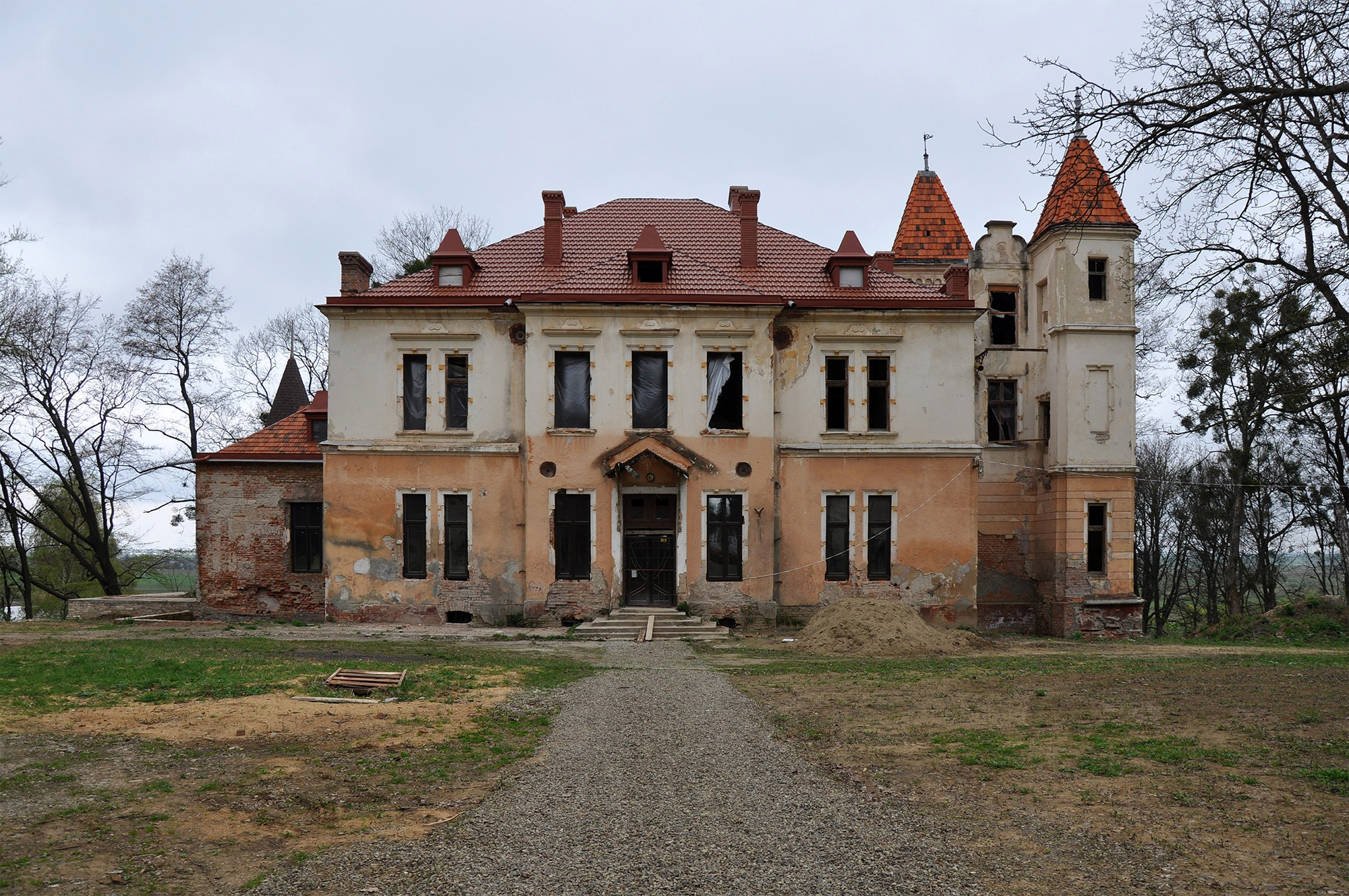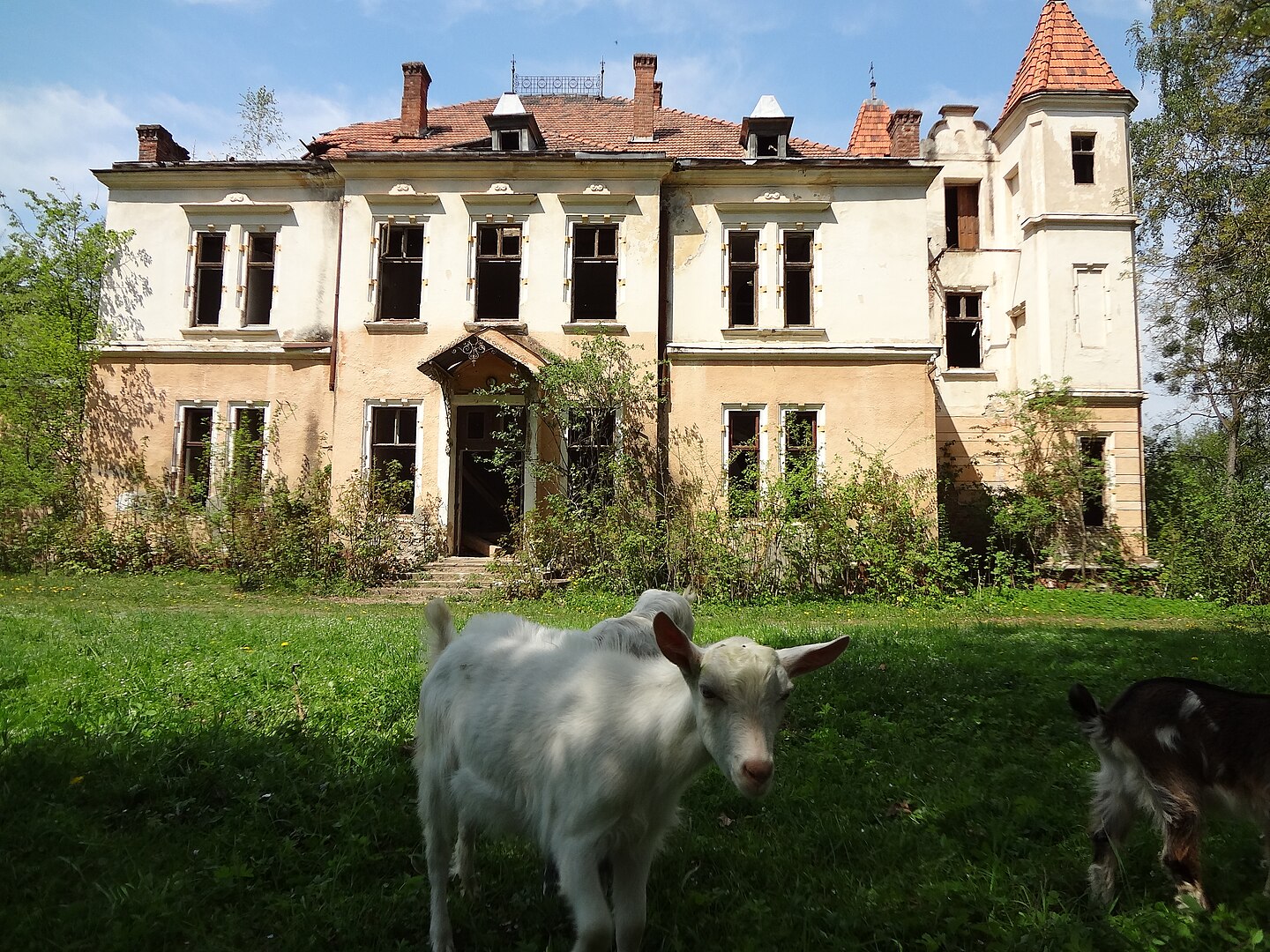Haunted palace in western Ukraine: Locals claim to see ghosts inside
 Secrets and legends of the Pidhirtsi Palace in Lviv region (photo: Getty Images)
Secrets and legends of the Pidhirtsi Palace in Lviv region (photo: Getty Images)
Pidhirtsi Palace is one of the most famous architectural masterpieces of Western Ukraine. It is a fortress that was transformed into a luxurious palace residence, a "garden palace" with libraries and galleries that has survived wars, looting, and destruction. People once searched for the philosopher's stone there, and now they claim to see ghosts. Here's what is known about the palace, why it's worth visiting, and the legends surrounding it.
History of Pidhirtsi Palace
The palace in Pidhirtsi was built by Polish magnate Józef Aleksander Jabłonowski. In 1732, he inherited the village from his father, Aleksander Jan, and began constructing a new residence. The construction likely started on February 4, 1734, as evidenced by a discovered copy of an inscription from the palace wall.
Jabłonowski chose the French maison de plaisance style, which emphasized comfort and rural solitude. The palace was lavishly furnished: a library of 1,100 volumes, a gallery of hetman portraits, brick farm buildings, stables, fountains, cascades, and a park adorned with antique sculptures of Philomena, Diana, Lucretia, Daphne, Apollo, and Atlas. The construction cost around 200,000 zlotys.
Later, Jabłonowski married Karolina Radziwiłł, bought more surrounding villages, and began building another palace in Lyakhivtsi, transferring his most valuable possessions there. From 1751, he abandoned Pidhirtsi and never returned until he died in 1777.
For many years, the palace had no permanent owner.
 Pidhirtsi Palace of the Jabłonowski–Brunicki family (photo: foto-lviv)
Pidhirtsi Palace of the Jabłonowski–Brunicki family (photo: foto-lviv)
In 1817, the palace was purchased by Baron Józef Brunicki, who carried out a major reconstruction of the building and landscaped the surrounding park. Under his supervision, the palace acquired features of the late 19th-century historicism style, with two towers and modern engineering systems.
After Józef's death, his son Julian Marian Brunicki inherited the estate. He had studied in Lviv, became interested in modern agricultural methods, and turned the estate into a model farm.
Later, Julian married and moved his family to another residence, but decided to renovate the Pidhirtsi Palace himself. He even produced his own bricks and oversaw all the work. The palace was equipped with running water and electricity.
By 1895, the palace had taken its final form. The basement housed storage rooms, a wine cellar, seed cellars, a kitchen with a stove, and a serving room from which dishes and supplies were delivered to the upper floors via a special lift.
There were four utility rooms, mainly for the staff and laundry, along with the steward's room with archived documents and an office. On the ground floor, there was a vestibule, an entrance hall, a salon, the baron's study, a boudoir, children's and playrooms, a bathroom, a servant's room, and two living quarters.
On the second floor, there were three living rooms and three guest rooms, an entrance hall, a foyer, and a passage, as well as rooms for servants and a tutor. There was also a separate room in the attic.
The estate also had a distillery and livestock, including cows, sheep, and horses. The park was again restored and well-maintained.
War interrupted the palace's peaceful life. Both of Brunicki's sons were drafted to the front, and the baron himself fled to Vienna. Russian artillery units occupied the estate, and during the fight, the roof burned down, destroying the baron's natural history collection and entire library.
The palace then passed to Julian's son Jakub, who continued his father's work. He fought in the war, became a lieutenant, and joined the Polish Army in 1918. In 1940, he was executed in a Soviet camp.
By 1936, only the widowed Baroness Iwa Brunicka lived there. The original room layout had been lost, though the Biedermeier-style salon, several oriental sofas, Renaissance chairs, and wax miniatures survived.
 The Soviet regime plundered the historic palace (photo: Wikipedia)
The Soviet regime plundered the historic palace (photo: Wikipedia)
During World War II, all valuables disappeared, and the baroness was taken away in a carriage to an unknown destination.
The building was then taken over by Soviet authorities. The building came under Soviet control, which initially turned the palace into a boarding school, then a village council office, and later the management office of a fish farm. In those years, the once magnificent villa was completely looted.
For decades, the palace stood abandoned until 2014, when three families from the Lviv region purchased it. For over ten years, they have been restoring the monument.
Since 2021, the palace has been open to tourists, with all proceeds going toward restoration and park maintenance.
Architecture and interiors: Fortress that knows how to shine
Pidhirtsi Palace is a grand rectangular complex with an inner courtyard, bastions, a moat, and a drawbridge. Its facades combine elements of Italian palazzo and defensive architecture.
During its golden era, the palace featured grand halls (Green, Yellow, and Mirror Rooms), a chapel, an immense library, and an art collection.
The surrounding garden had Italian parterres, vineyards, fountains, and gazebos. Everything for a comfortable yet prestigious noble life was there.
Legends and mysteries: Alchemy, treasures, and ghosts
The palace has always been steeped in legends. Among the most famous:
Locals tell of the Enchanted Lady, a cursed woman wandering the palace halls in white. During Bohdan Khmelnytsky's uprising in 1648, Poles fled from Pidhirtsi to Stryi. Prince Jabłonowski, a descendant of the hetman, left behind his young wife, 32 years his junior.
She mourned for a while but found solace in the arms of a Cossack who called her his "living rose." When the prince returned and learned of the affair, the Cossack was killed, and the woman fled into the forest, never to be seen again. Her ghost is said to roam near the palace, searching for her beloved.
 The palace was bought by three families and is now being restored (photo: Wikipedia)
The palace was bought by three families and is now being restored (photo: Wikipedia)
There are also tales of a secret room that appears and disappears—much like the Room of Requirement from the Harry Potter universe.
Another legend speaks of a curse on the Brunicki family. According to legend, Prince Brunicki was cursed, and as a result, his family lost all their heirs. The curse is said to prevent the estate from being fully restored, and every attempt at renovation encounters inexplicable obstacles.
Lesser-known facts
In the 17th-18th centuries, vineyards surrounded the palace, and it had its own wine cellar. The wines of Pidhirtsi were praised by poets of the time.
During its golden age, the palace housed a library of hundreds of volumes and a collection of portraits of hetmans. Large parts of these collections were either sold off or taken away during the wars.
Earlier, we wrote about the most mysterious castles in Ukraine you must visit.
Sources: Wikipedia, World Monuments Fund, Secrets of the Brunicki Palace, True Story of the Brunicki Palace, Photo-Lviv, and International Exhibition.

